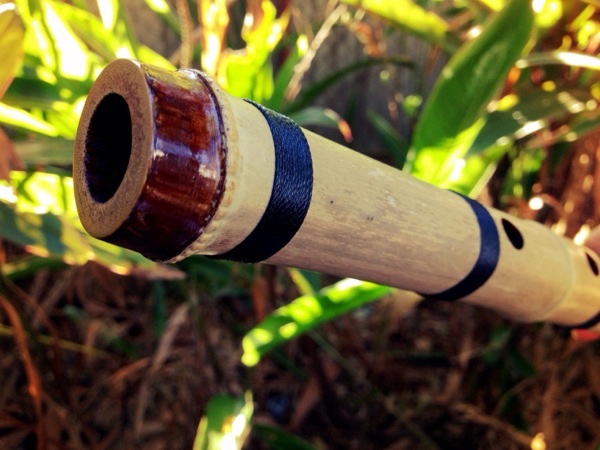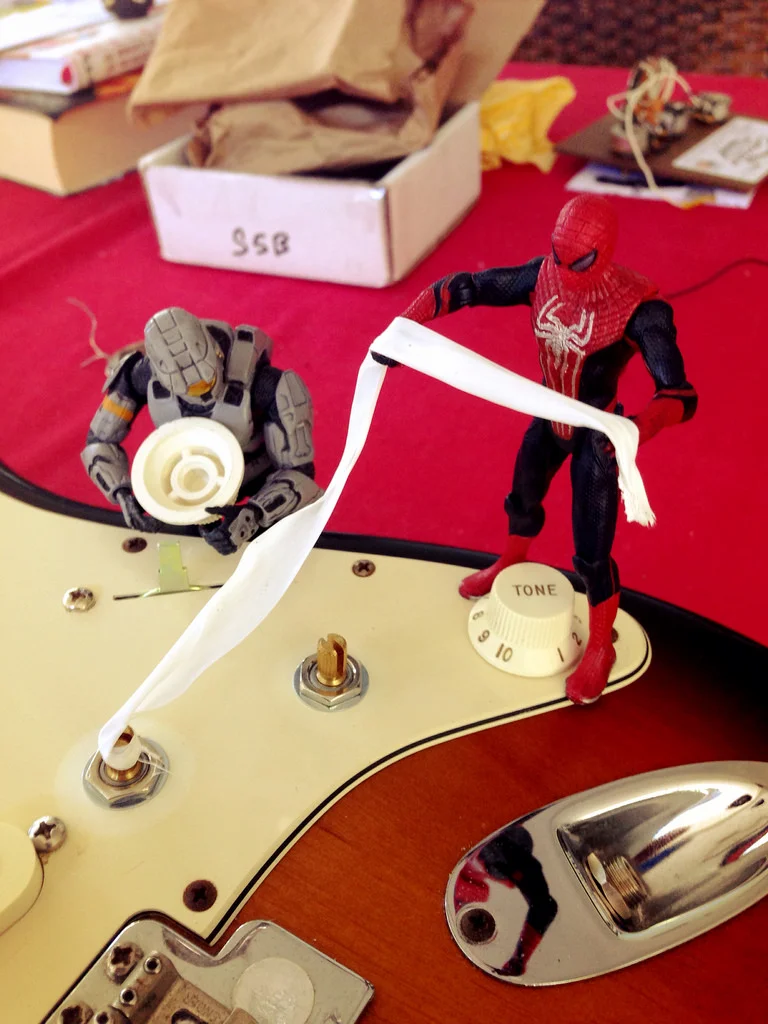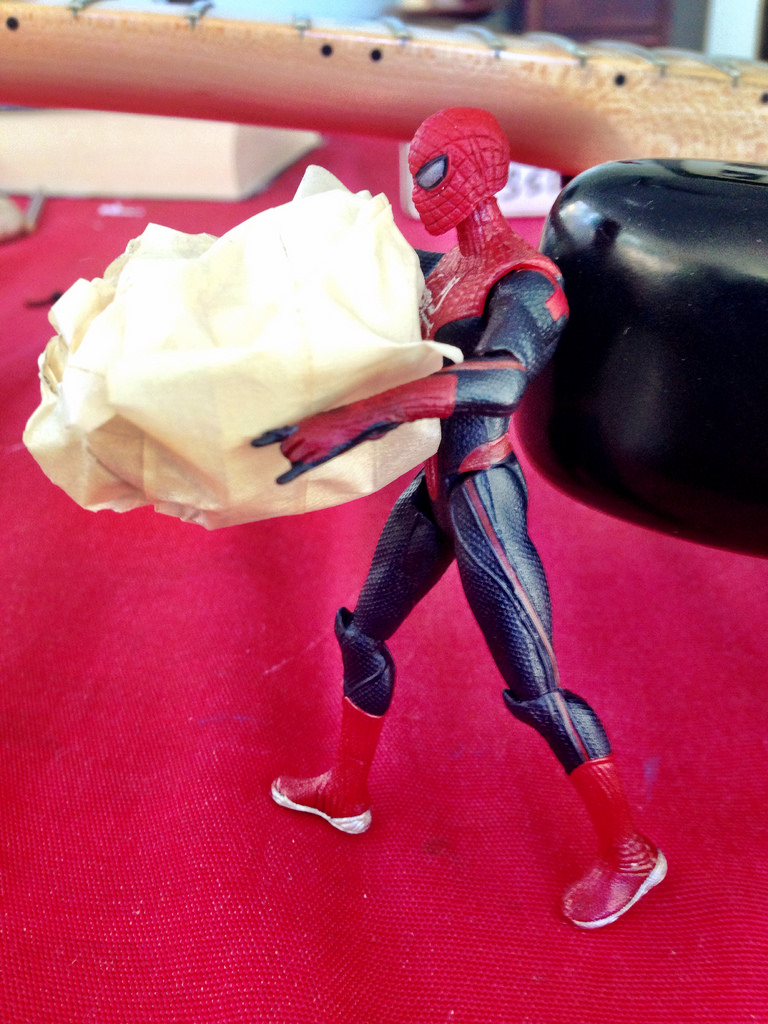For years in my town, it was fashionable to hate the 'old airport'. You know, that sweltering tin shed left over from World War II. Apparently there were still bullet holes in the steel girders from the Japanese Zero's that strafed it. The building served as our domestic and international terminal in our little outback town for many decades.
I remember back before they built the new 'modern' airport, you would *always* hear people moan and complain about the old one. "Why don't they upgrade it?" they would ask. "It's a travesty, and embarrassment to us, an eyesore".
So in the 90's, they did build a new terminal. A big concrete soulless, unaesthetic monstrosity that looks as plain and ugly as most other airports in the world.
You see, I hate the *new* airport. But I never really hated the old one. Here is why.
Because on that one day in December 1978, when we migrated to Australia, I remember stepping out of that QANTAS 747 on top of the mobile staircase (no aerobridges on the old terminal), and feeling the humid heat wrap around me, I blinked and took a mental picture of this place. The picture I took in my mind is actually quite similar to the photo above. We must have parked in about the same spot.
I was only about 12 years old, but I remember walking across the shimmering heat haze of the tarmac, through a glass door to the immigration area.
There, we lined up behind one of the customs desk, and waited patiently while a *huge* man in a tight fitting blue uniform scanned our passports and paperwork and stamped them. He was actually the first Australian person I had seen here since we arrived from Malaysia, and I was impressed and intimidated by his sheer size.
I remember his intent look as he processed our paperwork, and sweat rolling down his face as the overhead fans did little to alleviate the heat in that hot section of the tin shed.
Far from being scary, he actually turned out to be really kind as he looked at us, smiled and welcomed us to our new home.
After we passed through the immigration, my two sisters, my mother and I went to the public waiting area. My dad had already arrived in Australia before us to set things up, and was going to pick us up soon.
My older sister and I were feeling rather parched in this heat, so we decided to buy a cold drink. We carefully counted out the small amount of Australian money we had, and checked the price list above the only refreshment stall in the centre of the airport, and decided that we had enough money for two cups of orange juice.
As we approached the cheery young girl behind the counter, she smiled at us and said "Just a minute, I have to refill the OJ machine". I watched her as she pulled the spouts out on several tetra pack juice cartons to fill the machine.
I was filled with wonder - I had NEVER before seen juice packs with the spouts that you could split and pull with one hand. All the ones we had in our 'old' country had to be cut with scissors. I thought this was the precursor to MANY wonders that we would get to see in this new land.
Then, my mother reminded us that we needed to get our luggage. I looked around for the carousel, but could only see signs pointing to a fenced off area next to the car park. We went there but it was empty.
Then I noticed that there was a tractor with several baggage trailers still near our plane, which was busy disgorging the contents of its hold onto the trailers.
Shortly after that, the tractor just drove into the fenced baggage area and the tractor driver parked and opened the fence gate so that we could all approach the trailers and pick our luggage off them.
Yes it was rustic, but it was also magical and quaint at the same time. I had this combined feeling of dread and excitement at our new lives that were about to be rebooted here.
The old airport now stands silent, empty and abandoned, but it will always be a major milestone in my life, and for that reason, I could never bring myself to hate it.




























